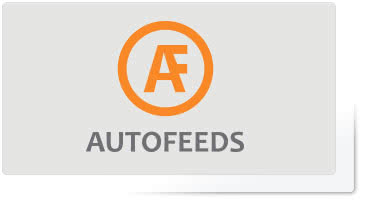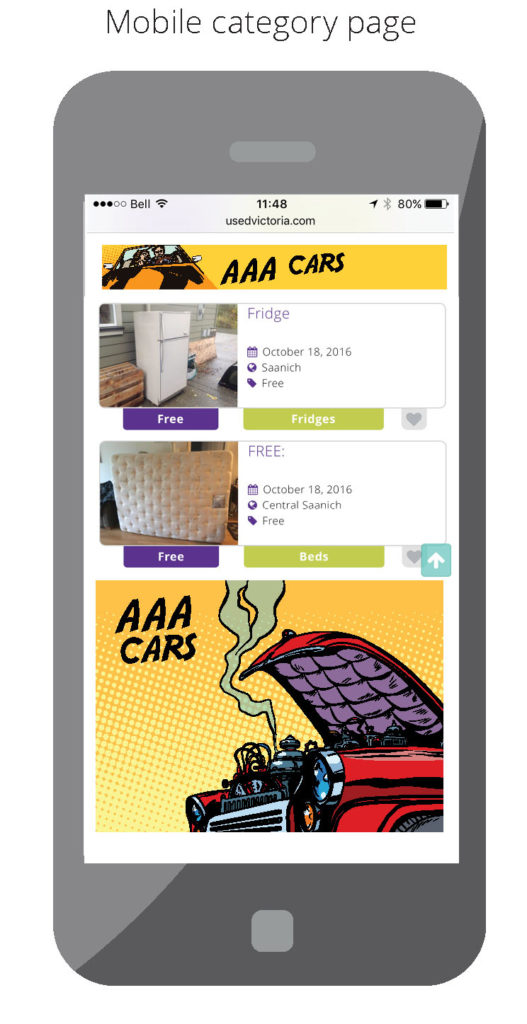Marking Remembrance Day with children
It’s November, and there are already poppies out on counters in most of our communities. Remembrance Day is coming soon, on November 11, and if you have children, you may have already realized it’s not the easiest holiday to discuss with your kids. Some stories and concepts are just not appropriate for young ears, some are beyond young children’s comprehension, and often our own ignorance makes us hesitate.
Yet, this is an important day, and there are things we can do as parents to mark the day and show our kids our respect for the memories it represents. We can wear poppies, share stories, look up information together to learn about our country’s history, attend ceremonies in our schools and communities. We can observe a moment of silence on the day itself. Mostly, we just need to stop and take the time to talk to our kids, and let them see that we think it is important. As with most things, they will follow our lead.
Many schools have Remembrance Day ceremonies, and the discussions they have in class while preparing and rehearsing often help give kids clues as to what the day is all about.
Most stores and coffee shops/restaurants have poppies for sale near their front counters. Place a donation in the box, and you have a poppy to wear. Buy poppies, wear them, and watch for others wearing them. This can be a good way to talk about quiet ways to remember important things – that even without a ceremony, we can observe the holiday by simply and respectfully wearing our poppies.
If you are worried about kids and poppies, try adding a small pencil eraser or the like to the bottom of the pin for older kids, to ensure poppies stay put. For younger children, a safety pin might be the only answer so they can wear the poppy safely without a loose straight pin to fuss with or worry about.
Look online for Remembrance Day colouring pages and print some off for your kids. Young children who aren’t able to hold still for a long explanation may be perfectly happy to listen to you talk while they colour poppies at the table.
Share stories of family members who are serving or have served their country. If you have family members who have passed away, show your children photos and even medals or other memorabilia if you can. Talk about who they were when they were younger – what did they do? Why did they fight? What other ways did people help – for example, doctors and nurses, or people working in other ways to support the war effort?
You could work on a family project together to honour loved ones. Why not print off photos or display medals nicely in a frame? You can buy frames at any home or craft store, or even look for used ones online if you want a unique size, shape or style. A little paint and you could have a really meaningful piece of art to display in your home, or to give to a family member who would love to see the family history celebrated.
Many schools also sell poppies, so watch newsletters and school websites for details. If your child would like to take a donation to school to buy a poppy, you’d best know about it in advance so you can tuck a coin or bill into their backpacks in a safe place.
Check your local library for books that are age appropriate for your children. Most kids love to read or be read to, so this can be a good way to introduce something new. As an added bonus, most books will offer a thoughtful perspective or background, giving your child more information than you might be able to in a casual conversation.
Watch for veterans’ licence plates that are marked with a poppy. Point them out to your kids and explain that the poppy means that the owner of that car once fought for our country. This can be a great opportunity to help build respect in preteens and teenagers for the older members of our community. Many kids forget that the older generations were once young, vibrant, brave men and women who wanted to do something worthwhile and brave. Talk with teenagers about young men and women who bravely went to serve their country in a time of war at age 18, some even lying about their age in order to sneak in even younger.
Have you talked to your kids about Remembrance Day? Do you do anything to mark the day, or remember anyone special in your family? We’d love to hear how you are sharing this important day with your families.


 Work smart. Not hard.
Work smart. Not hard.






I. West-Simone
Hi Jen
These are all great suggestions, and reading stories are always such a great way to help children understand history. There is a parade here in Newmarket, Ontario that leads to the Cenotaph for a ceremony and moment of silence. It’s nice for families to have this common experience together as the kids usually have a similar assembly at school. Conversation naturally flows when everyone has shared the experience and children gain a better understanding of this important day. Great article.